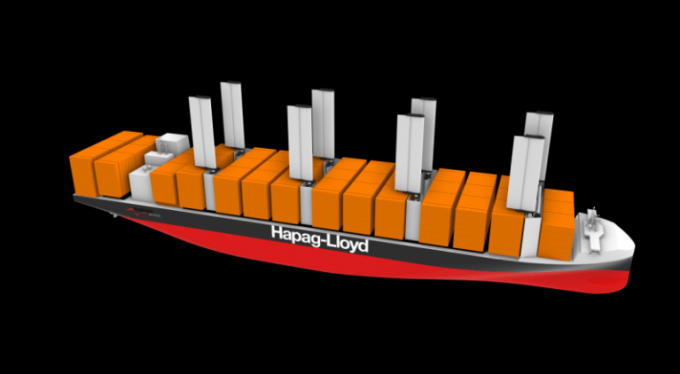MSC to launch new Oceania-US east coast Eagle service next year
Australian and New Zealand exporters to North America are set to get the second direct ...

Sails have been retrofitted to bulk carriers and tankers, and with the arrival of a new wind-powered containership concept from Hapag-Lloyd, The Loadstar finally has an opportunity to discuss wind-assisted ship propulsion (WASP).
I heard there are new shipping companies using ’tall ships’?
There are indeed. Sailcargo is one ...


Comment on this article